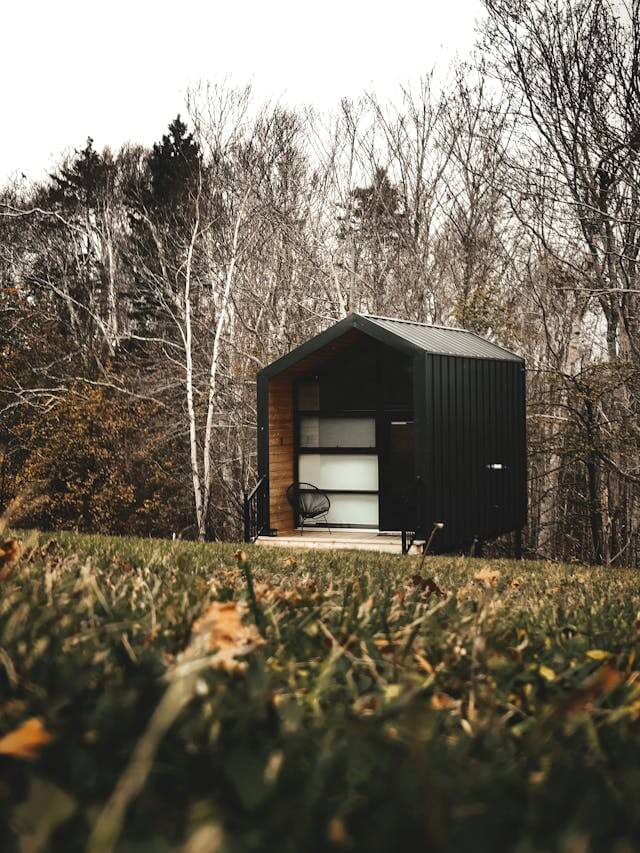Arizona Tiny House Zoning Laws Overview
Arizona's approach to tiny house zoning reflects its diverse landscape—from Sonoran Desert valleys to high-elevation pine forests—and varies significantly across its fifteen counties. The state has no blanket tiny house law, so each county and municipality sets its own rules for accessory dwelling units (ADUs), recreational vehicles, and manufactured homes. In unincorporated areas, counties typically regulate through their own codes, while incorporated cities adopt local ordinances that may be more or less restrictive. Desert counties often focus on water availability, septic systems, and defensible space for wildfire protection, while northern mountain counties add snow load and access road standards. Tiny houses on wheels (THOWs) face the most uncertainty: without RVIA certification or a local ordinance recognizing them as dwellings, they're usually classified as recreational vehicles subject to time limits and park placement restrictions. Foundation-built tiny homes generally have a clearer path if they meet International Residential Code (IRC) standards and local ADU or guest house provisions. Always confirm your parcel's zoning designation, verify building code compliance, and check for any special overlays—floodplain, wildfire interface, airport approach zones, or tribal land adjacency—before purchasing property or beginning construction.
Arizona has no statewide tiny house law; zoning is county- and city-specific, with THOWs often restricted without RVIA certification.
Understanding the zoning laws is just the first step. Once you know what is legal in Arizona, you can start looking at tiny houses for sale in Arizona or connect with experienced Arizona builders who work within these regulations. If you want a turnkey solution, consider joining a tiny house community in Arizona where all the zoning and permits are already handled.
Before you buy land or start construction, use our zoning finder tool to check specific county requirements, and get a budget estimate with our free tiny house cost calculator. If you're planning to go off-grid, check out our comprehensive off-grid living guide to understand utility and septic requirements.
